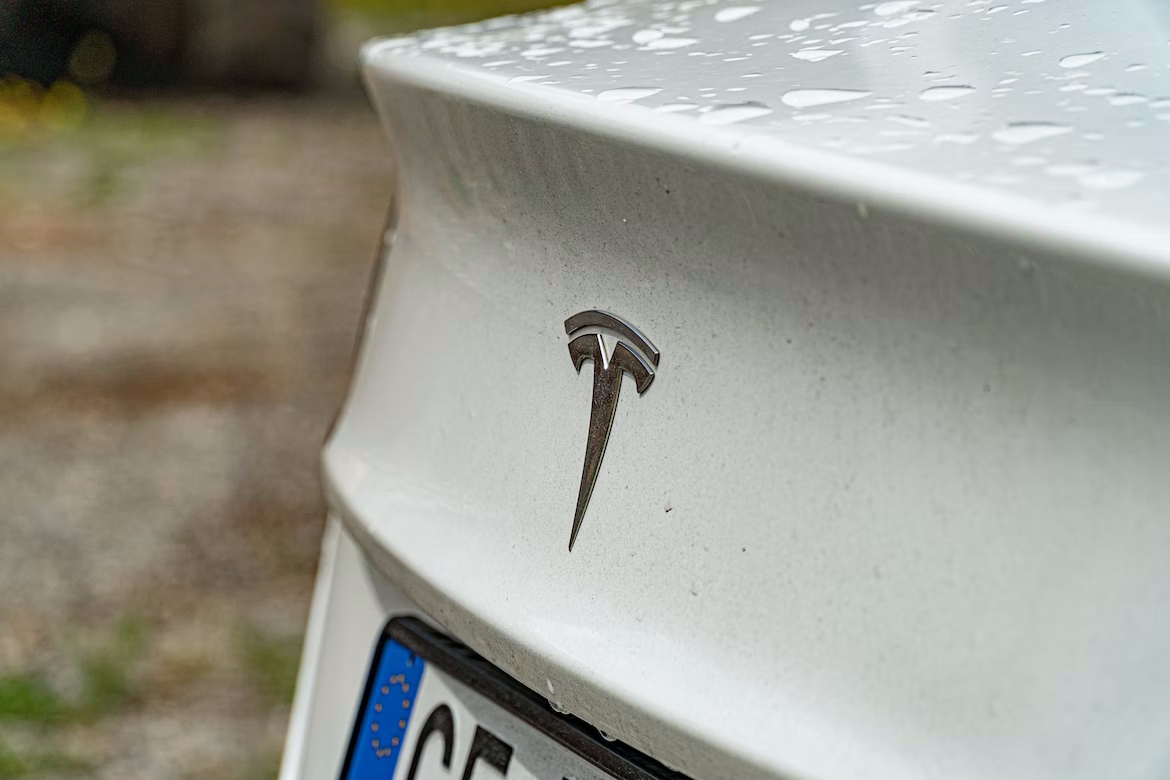Not as many electric vehicles are needed to boost public health
President Joseph Biden highlighted tax incentives for EVs as a cornerstone of his approach to combat climate change during a recent State of the Union speech. The biggest contributor to greenhouse gas emissions in the US is transportation, and one of the most effective ways to lessen this sector's influence on global warming is by electrifying vehicles and trucks. Yet, converting from hydrocarbons to electrons offers immediate advantages for the environment as well, which can enhance general health.

It seems that an electric vehicle would produce less air pollution than a gasoline-powered vehicle. Carbon monoxide, sulfur oxides, nitrogen oxides, aldehydes, and other combustion byproducts are absent when there is no engine. These substances, when breathed, can increase blood pressure, exacerbate emphysema, and bring on asthma episodes. In the US, air pollution is a factor in up to 200,000 fatalities annually. According to some estimations, the health and financial advantages of avoiding air pollution are sufficient to support the switch to clean energy.
These health issues would be reduced if internal combustion automobiles and trucks were replaced with electric ones. A recent study also showed that not many EVs are needed to get meaningful benefits.
According to a recent research in the journal Science of the Total Environment, the number of emergency room visits for asthma in California decreased by 3.2 percent for every 20 zero-emission automobiles per 1,000 residents in a particular zip code. It's noteworthy that actual air pollution levels and health consequences were examined by the researchers rather than models and simulations in order to arrive at this conclusion. These advantages now exist; they are not hypothetical ones in the future.
According to co-author Sandy Eckel, a biostatistician at the University of Southern California, researchers wanted to utilize real-world data, as real-world as possible, to see if they found health implications and air quality impacts.
The study's results show that even for a major global issue like climate change, certain individual actions can have an immediate influence. Health is frequently positioned as a co-benefit of the switch to cleaner energy. The research also revealed that EVs are a costly means of reducing pollution, and their advantages are disproportionately seen by areas with greater financial resources. This frequently leaves areas with lower incomes and higher levels of pollution in the dust.
If you can afford them, EVs can improve your health
Between 2013 and 2019, Eckel and her colleagues examined 1,200 zip codes throughout the Golden State. They monitored local readings of nitrogen dioxide, a pollutant produced by traditional engines that can cause respiratory issues on its own and stimulate the creation of other pollutants like ozone and particulate matter, as well as registrations of electric vehicles.
The group took precautions to account for long-term air quality improvements. As California has some of the most stringent air quality regulations in the US and has led the nation in pressuring vehicles and trucks to emit less pollutants, overall pollution has decreased.
The average number of zero-emission automobiles per 1,000 residents in a zip code climbed from 1.4 to 14.7 throughout the course of the seven-year study period. ER visits declined as EV penetration increased.

While not being engaged in the trial, Kathy Harris, senior advocate for clean cars at the Natural Resources Defense Council, stated that the study adds to a solid body of evidence that indicates the benefits of electric vehicles. And yet, EV adoption wasn't uniformly distributed across the state.
According to Erika Garcia, a second co-author and a public health researcher at USC, there are a lot of diverse social demographics there as well. As part of the analytic approach, they did control certain impacts of socioeconomic level.
The researchers focused on education levels, which were used as a stand-in for community wealth. The proportion of adults in Californian zip codes having at least a bachelor's degree ranged from 1.1 percent to 87.1 percent. Communities with a 25th percentile education level, or 17.1 percent of individuals with bachelor's degrees, had an average annual growth of 0.7 zero-emissions vehicles per 1,000 residents. The average yearly rise in electric automobiles was 3.55 at the 75th percentile for education, or 47.2 percent of persons with bachelor's degrees; this increase was over five times greater.
Increased earnings are closely correlated with higher educational attainment, which makes EV affordability simpler. The cost of a new automobile in the US last year was around $48,000, compared to $66,000 for an electric vehicle.
Together, the results show that the benefits of converting to electric automobiles are more pronounced in affluent neighborhoods. Because lower-income communities frequently experience greater baseline levels of air pollution and its related health issues, this disparity presents a challenging issue for public health.
Given how quickly new technology spread to new people, Garcia added, "It's not surprising." Yet, it draws attention to the need to make sure that the population as a whole receives these public health co-benefits evenly and fairly.
Other ways to enhance air quality without using electric automobiles

Closing the EV adoption gap may be politically difficult. A ballot initiative that would have increased taxes on rich citizens to fund EV subsidies for underprivileged and low-income neighborhoods was defeated by California voters last November.
Nevertheless, EVs aren't the only way to cut air pollution, and they often aren't the best one. While they don't produce any exhaust pollution, electric cars and trucks tend to be heavier than their gasoline equivalents, which might result in greater road and rubber dust pollution. In certain cases, the largest EVs are more harmful to the environment than the smaller combustion cars. The Hummer EV and other large vehicles use more energy to move. The carbon footprint of a large electric vehicle (EV) per mile may be higher than that of a small gasoline vehicle since the majority of the US power infrastructure still relies on fossil fuels.
Harris noted that in order to reach the most vulnerable populations with the advantages of improving air quality, it is necessary to go beyond personal vehicles' tailpipes. Other crucial strategies include electrifying fleet cars, trucks, and public transportation, which frequently go through areas of low income. The largest improvements to health might come from making it simpler to live without any form of transportation. The California legislature authorized a $1,000 tax credit last year for low-income citizens without cars.
EVs are still making headway. They increased from 3.1 percent in 2021 to 5.8 percent of new car sales in the US in 2022. The biggest auto market in the nation, California, has already committed to banning the sale of any vehicle fueled by fossil fuels by the year 2035. While a new generation of all-electric carmakers is beginning to emerge, major manufacturers like General Motors have committed to turning electric.
These changes will ultimately reach individuals with lower incomes, but in order to save more lives, the transformation will need to happen faster.


























